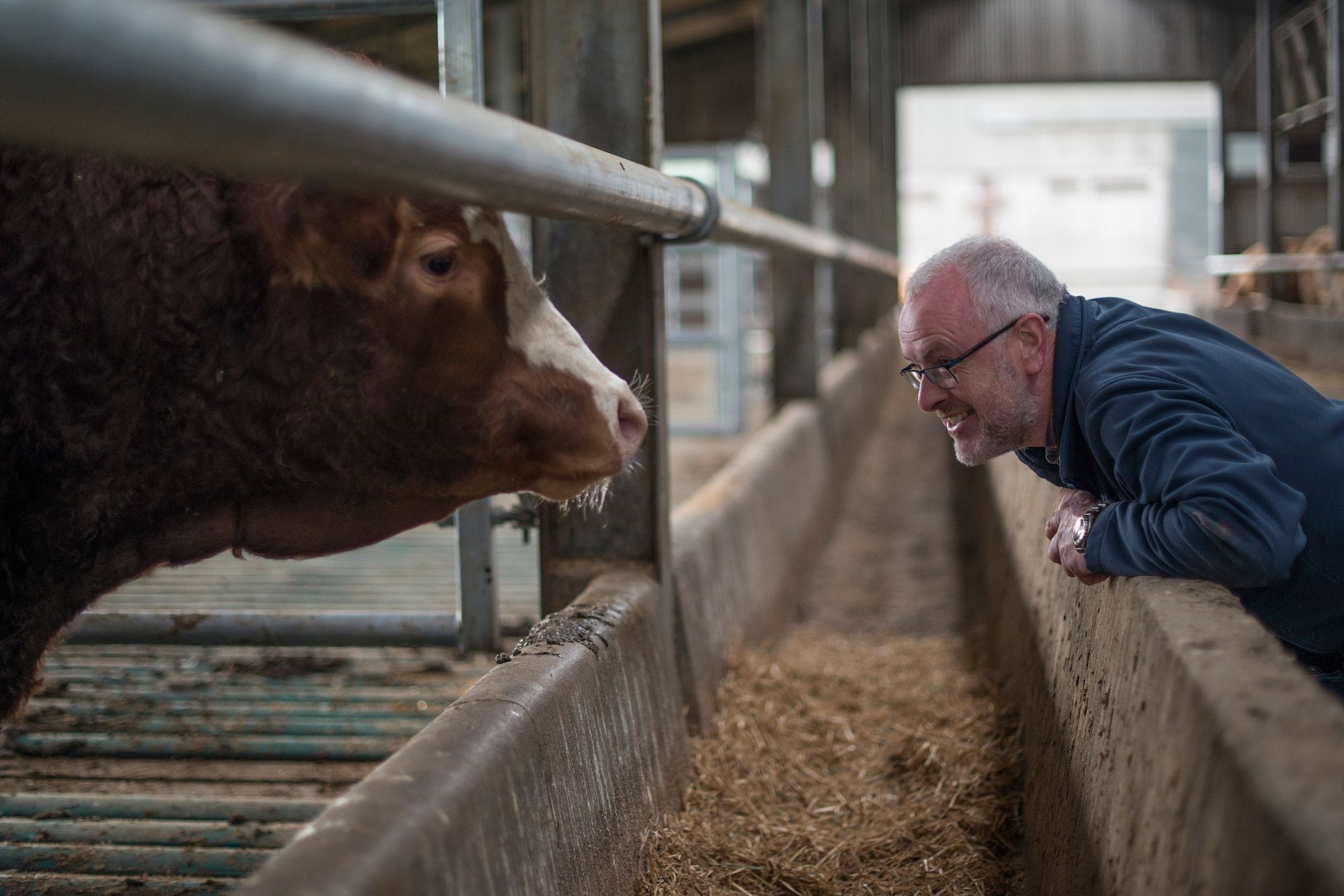Learning Labels: What’s With Bioengineered Ingredients and Food?
Sign Up for Tips for Better Living
Stay up to date with what matters most to you and your family.
Shopping recently at my local market, I noticed what looked like a QR code on a food product. So being curious, I snapped a photo on my phone and went to the website, which informed me that one ingredient in this food was bioengineered. I thought to myself, “Huh, that’s new.”
Curiosity got me thinking, so I met with our food experts at NSF to get the lowdown.
What Is “Bioengineered”?
In the U.S, the Department of Agriculture has defined bioengineered food as “food that contains genetic material that has been modified through certain laboratory techniques and for which the modification could not be obtained through conventional breeding or found in nature.” But hasn’t this been around for a long time? It’s sometimes referred to as “genetically modified organisms,” or GMOs. Now, that’s a term I have seen before.
Why Now?
The U.S. federal government has enacted legislation that requires mandatory labeling on any food or food ingredient that is bioengineered. The label can be in the form of text, a QR code, or a symbol or graphic, or even a hotline for consumers to call or text message.
This U.S. legislation gives consumers a choice.
Here’s the History
There’s a debate about modifying food or ingredients to increase crop yields, prevent diseases and more. One fact is that our world population has a growing need for more food. On the other hand, some argue that modified crops can possibly harm human and animal health. They also believe they will decrease plant diversity. In some parts of the world, such as within the European Union, genetically modified food is wholly or partially banned.
Your Food

This U.S. legislation gives consumers a choice - by reading the labels, you can clearly see what’s in your food and decide what’s best for you and your family based on the facts. One straightforward way to find products that are not genetically modified is to look for the Non-GMO Project’s butterfly logo, which means that an independent third party, such as NSF, has certified that the food does not contain any bioengineered ingredients.
Sign Up for Tips for Better Living
Stay up to date with what matters most to you and your family.
Sources:
www.ams.usda.gov/sites/default/files/media/BE_Consumer.pdf
www.nsf.org/testing/food/food-beverage-product-certification/non-gmo-certification
How NSF Can Help You
Get in touch to find out how we can help you and your business thrive.

What’s New with NSF

Michigan’s “Filter First” Law: A Guide for Schools and Childcare Centers
April 23, 2024
Healthy People Living on a Healthy Planet: The Future We’re Working For
April 4, 2024
American Meat and Egg Distributors Now California-Ready with NSF’s Prop 12 Certification
April 3, 2024